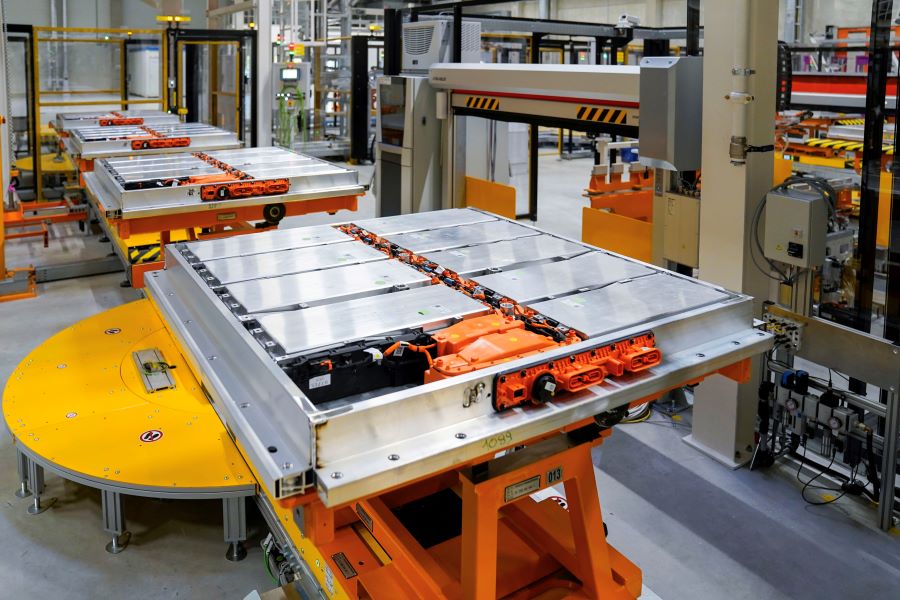Electric Cargo Ships Could Be Cost-Effective

Photo courtesy Yara International ASA
BERKELEY, CA—Converting U.S.-flagged ships from internal combustion engines to battery-electric systems could significantly reduce greenhouse gas emissions over the next decade, according to a recent study conducted by Berkeley National Laboratory. That’s because shipping represents 3 percent of total U.S. greenhouse gas emissions from transportation.
Next-generation vessels such as the Yara Birkeland (photo above) could address the issue. The 262-foot-long fully electric, autonomous container ship currently operates in Norway.
Electrifying ships is more challenging than electrifying cars and trucks from both a technical and a market perspective. Among other things, a ship is a much bigger capital investment and has a lifespan of several decades. Ships are also much heavier than cars and travel long distances between ports.
Engineers at Berkeley National Laboratory analyzed ships designed to carry less than 1,000 gross tonnage. They discovered that retrofitting them to battery electric power would cost the same or less as operating an equivalent internal combustion engine vessel.
“Our analysis includes the feasibility of electrification for 100 percent of all trips, while also exploring excluding a small percentage of very long single trips, which could be potentially addressed through optimized operations across multiple vessels,” says Won Young Park, an energy policy researcher at Berkeley Lab who led the research project. “Declining battery costs coupled with increasing battery energy densities, cleaner grids, optimized vessel operations, and valuing the battery’s second life create a unique electrification opportunity in domestic shipping.
“Our analysis offers an essential first step in understanding battery-electric shipping options,” claims Park. “It lays a foundation for future research and policy development to identify optimal locations for prioritizing battery electrification based on individual ship activity and local grid emissions.”
Looking for a reprint of this article?
From high-res PDFs to custom plaques, order your copy today!







